Last Updated on August 27, 2025
Table of Contents
With the ongoing opioid crisis in the U.S., lawmakers and experts alike are searching for solutions to reduce deadly opioid overdoses and prevent further addiction and abuse of opioid drugs. Some people believe safe injection sites are an effective way to prevent drug overdoses and other negative effects associated with opioid addiction, but not everyone agrees.
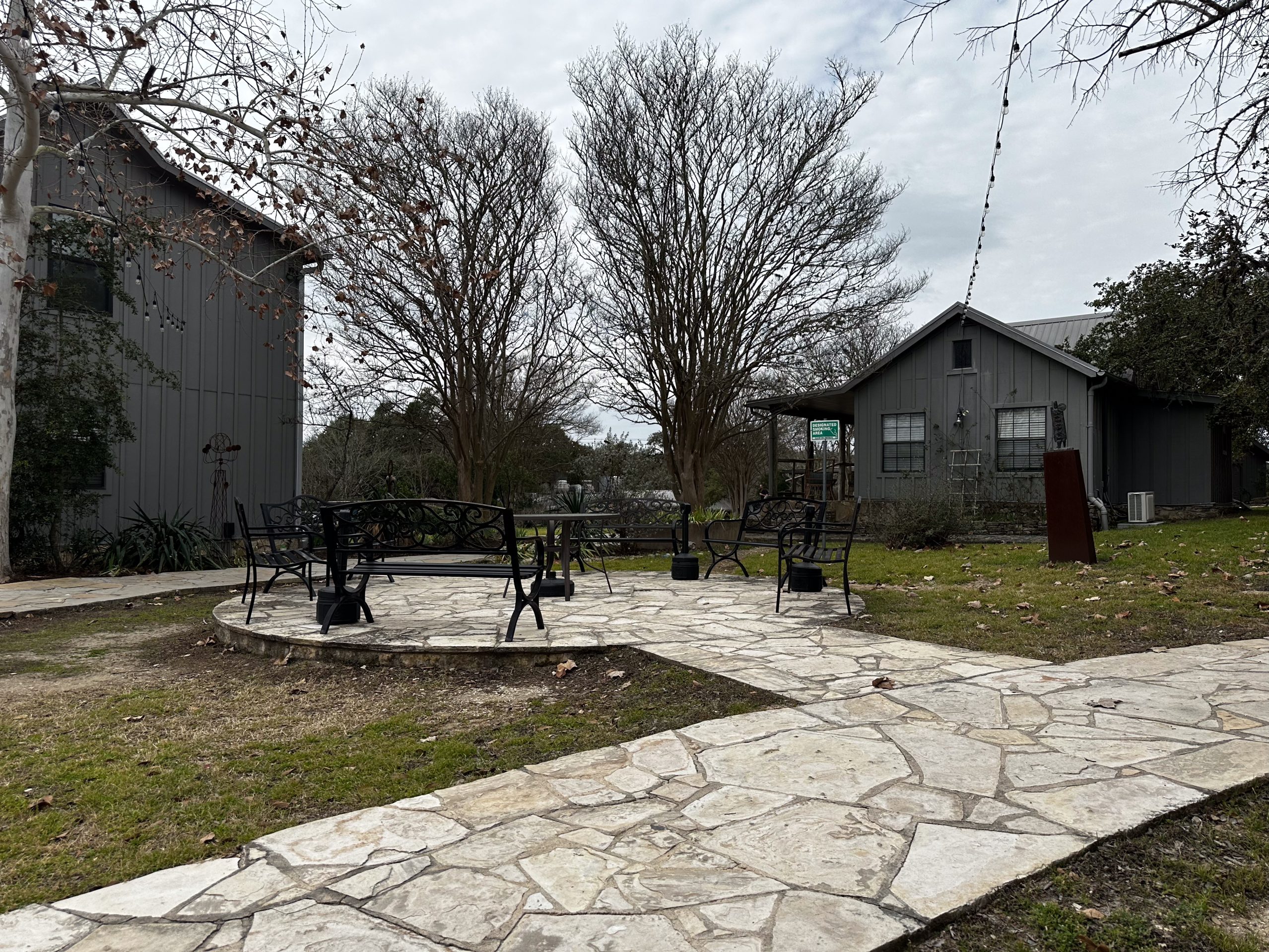
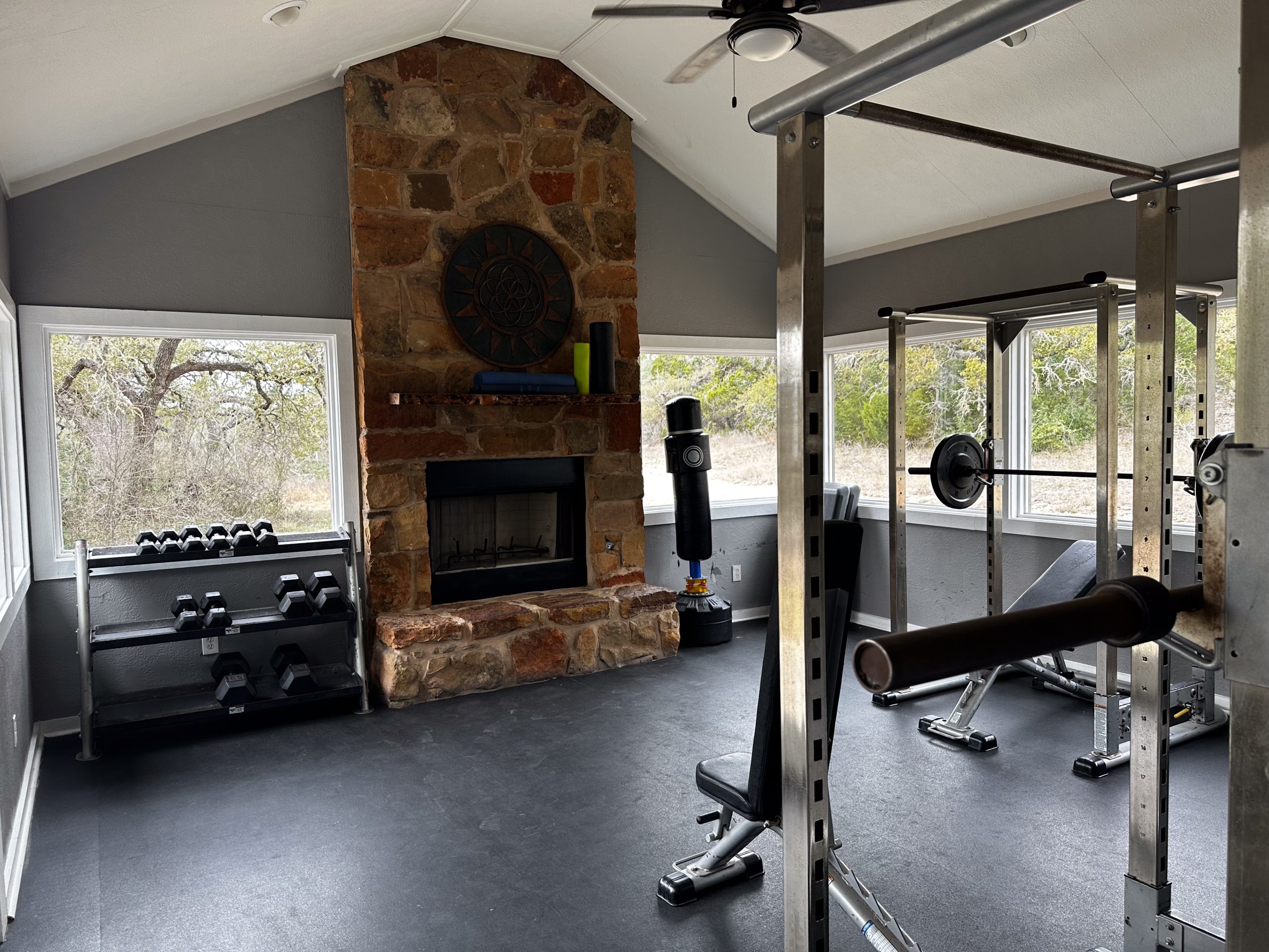
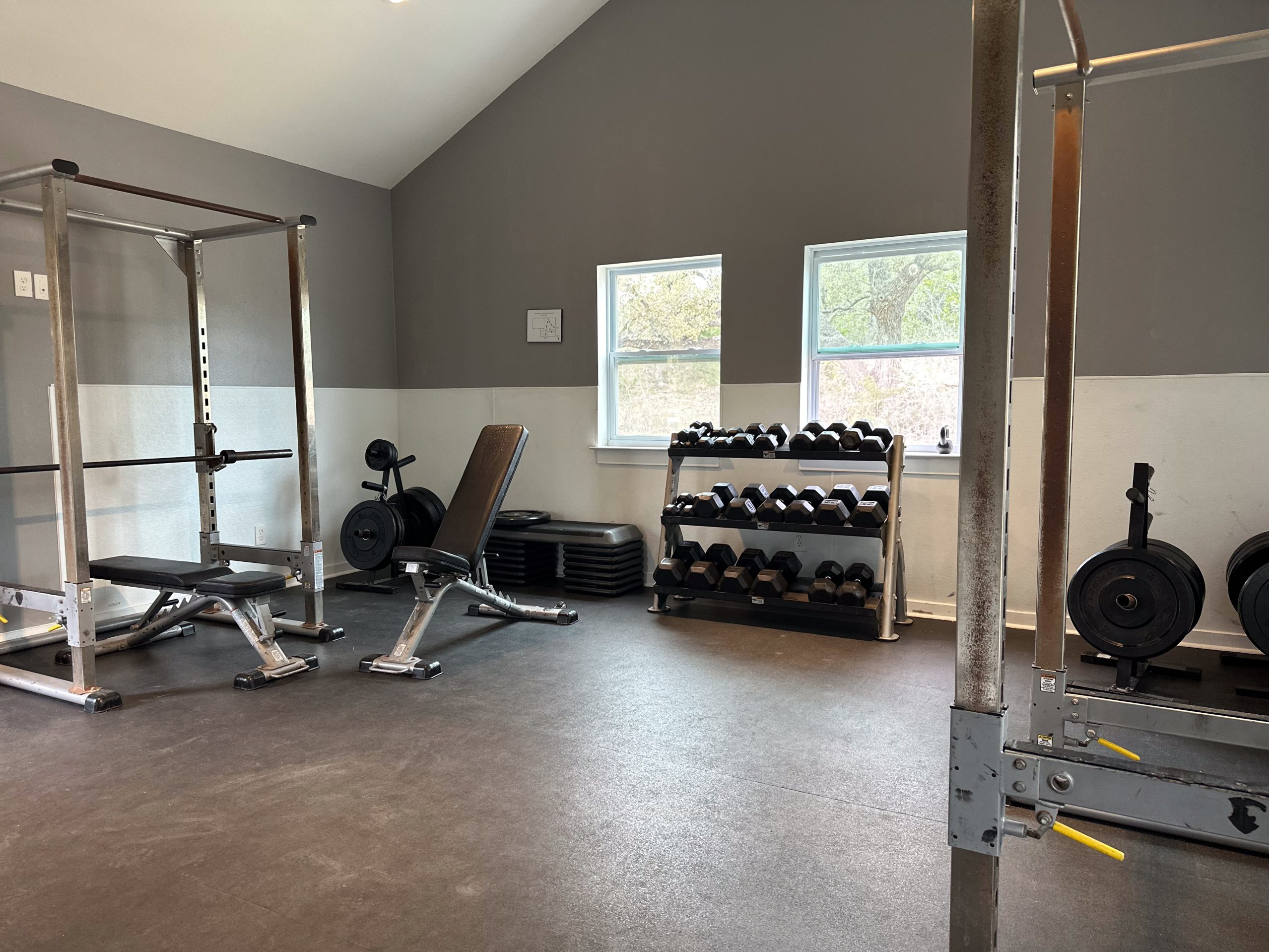



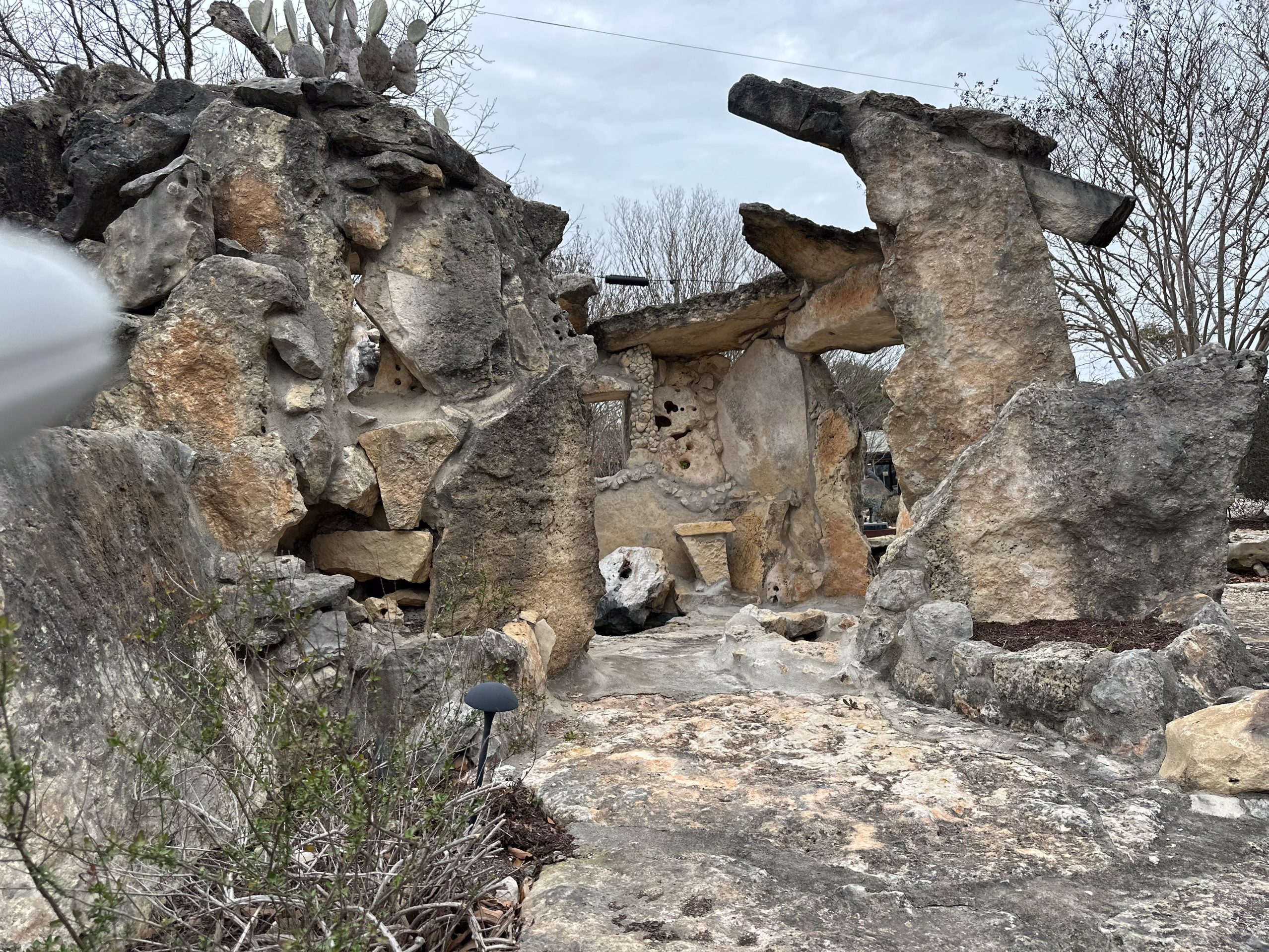

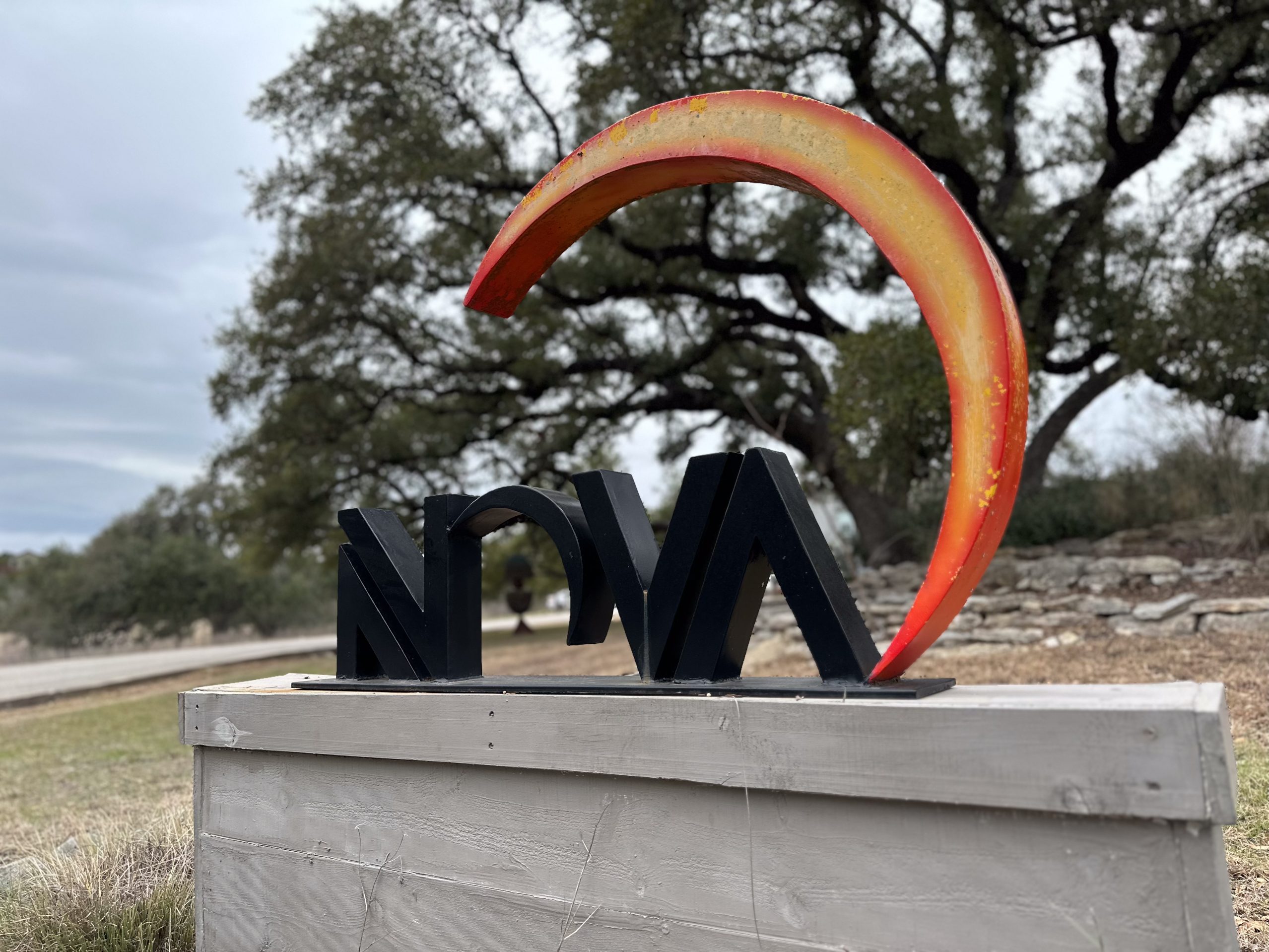

What is a Safe Injection Site?
Safe injection sites go by many names, including supervised consumption services, overdose prevention centers, fix rooms, medically supervised injection centers, and drug consumption rooms. However, they all provide the same basic service: medical supervision for people who want to inject pre-obtained drugs.
At safe injection sites, drug users are provided with sterile injection equipment and medical oversight by trained staff members. These facilities also have overdose-reversal medication on-hand to use if someone overdoses.
About 100 different safe injection sites are operating worldwide and they have been a success in Canada. As of January 2018, just a few cities in the U.S. allow them (Philadelphia, San Francisco, and Seattle) but others are considering it.1,2
Are Safe Injection Sites Effective?
According to the American Medical Association, studies from other countries where safe injection sites are operating legally have reported that they are effective in several different ways:
- They reduce overdose deaths.
- They decrease infectious disease transmission (primarily HIV and hepatitis C).
- They increase the number of individuals initiating treatment for substance use disorders.
- They don’t increase drug trafficking or crime in the areas where facilities are located.3
According to the Penn Wharton Public Policy Initiative, one safe injection site that has been operating “underground” in the U.S. since 2014 in an undisclosed urban area. Between 2014 and 2016, it provided medical care to about 100 opioid addicts and assisted with more than 2,574 injections. Within these injections, there were two overdoses, but both were reversed with naloxone.4
Additionally, each patient at the underground facility was given a survey before injection. Survey findings revealed 67.4 percent of users at the site disposed of their used syringes unsafely in the past 30 days. Since all syringes are disposed of safely at the facility, the safe injection site prevented 1,725 public disposals of syringes and prevented 92.2 percent of injections that would have occurred elsewhere in public, such as a public bathroom.4
Updated Data on the Underground Site (2014–2019)
-
The New England Journal of Medicine (2020) study reported that the unsanctioned supervised consumption site in an undisclosed U.S. city—operating underground since 2014—had facilitated 10,514 injections over five years and reversed 33 opioid overdoses during that period.
-
A Science News article published in 2024 corroborates these figures, noting that across those 10,514 injection events, all 33 overdoses were reversed on-site with naloxone—resulting in no deaths or emergency transfers.
These remain the latest peer‑reviewed figures available for that specific underground site. There is no further public data extending beyond 2019 for that clandestine operation.
Legal Safe Injection Sites in Operation (2021–2025)
While the underground site’s data concludes at 2019, the legal landscape around supervised consumption sites has changed—particularly with the opening of officially sanctioned facilities.
OnPoint NYC (New York City)
-
In November 2021, New York City launched the first officially recognized supervised injection facilities in the U.S., run by OnPoint NYC in East Harlem and Washington Heights.
-
As of early 2025, OnPoint reports that its sanctioned sites have reversed over 1,700 overdoses, with no resulting deaths
Providence, Rhode Island
In 2024, Rhode Island became the next state to establish a legal supervised injection site, with Project Weber/RENEW and VICTA approved to open the first overdose prevention center in Providence.
Government Research & Funding
In 2023, the U.S. government allocated $5 million via the National Institute on Drug Abuse (NIDA) to conduct a study evaluating the effectiveness of safe injection sites in preventing overdoses, controlling healthcare costs, and improving community safety. This study focuses on two OnPoint sites in NYC and one in Providence, enrolling about 1,000 adult participants
Freedom Starts Here. Take Back Your Life Today.
Same-Day Admissions in Austin Available.
What are the Pros and Cons of Safe Injection Sites?
Safe injection sites in the U.S. are highly controversial due to the various positive and negative consequences associated with them. The debate also begs the question of whether drug abuse prevention or harm reduction is more feasible and effective. Experts on either side of the issue don’t seem to have any solid answers.
Here are some of the most commonly disputed cons of safe injection sites.
WHAT ARE THE CONS OF SAFE INJECTION SITES?
- They may encourage drug use: One popular argument opposing safe injection sites is that they encourage drug abuse by not reporting the use of illegal drugs like heroin to law enforcement. Essentially, drug abusers get away with an activity that has been deemed illegal in the U.S.
- They may challenge federal laws on drug abuse: A lack of legal consequences associated with injecting drugs at a public facility could create a culture in the U.S that challenges federal laws and regulations regarding drug abuse.
- The studies on safe injection sites may not be reliable: Although there are several research studies that claim safe injection sites are effective and save lives by preventing deadly overdoses, some experts argue these studies are flawed and biased.5
- They may bring crime to surrounding communities: Some studies show opening a safe injection site does not increase arrests for drug trafficking, assaults, or robberies in the surrounding communities, but many experts argue that the validity of these studies is unknown. There may not yet be enough research out there to support the claim.6,7
Conversely, according to the Drug Policy Alliance, there are several benefits of implementing safe injection sites in the U.S.8
WHAT ARE THE CONS OF SAFE INJECTION SITES?
- They may encourage drug use: One popular argument opposing safe injection sites is that they encourage drug abuse by not reporting the use of illegal drugs like heroin to law enforcement. Essentially, drug abusers get away with an activity that has been deemed illegal in the U.S.
- They may challenge federal laws on drug abuse: A lack of legal consequences associated with injecting drugs at a public facility could create a culture in the U.S that challenges federal laws and regulations regarding drug abuse.
- The studies on safe injection sites may not be reliable: Although there are several research studies that claim safe injection sites are effective and save lives by preventing deadly overdoses, some experts argue these studies are flawed and biased.5
- They may bring crime to surrounding communities: Some studies show opening a safe injection site does not increase arrests for drug trafficking, assaults, or robberies in the surrounding communities, but many experts argue that the validity of these studies is unknown. There may not yet be enough research out there to support the claim.6,7
Conversely, according to the Drug Policy Alliance, there are several benefits of implementing safe injection sites in the U.S.8
WHAT ARE THE PROS OF SAFE INJECTION SITES?
- They may give addicts a safe place to inject drugs: Instead of injecting drugs in a public place like a restaurant bathroom or on the street, drug abusers have a safe and private place to use. This, in turn, protects the public from exposure to drug abuse and potentially dangerous situations.
- They may increase access to health and social services: Operators of safe injection sites may be able to establish relationships with addicts, which could be a valuable way to help drug abusers get into an opioid addiction treatment program or detox.
- They may prevent overdose deaths: Safe injection sites provide overdose-reversal drugs like naloxone to prevent overdose deaths. So far, no deaths have been reported at any safe injection site.8
- They may reduce the stigma of addiction: Some experts believe safe injection sites may reduce addiction stigma by presenting addiction as a disease that requires ongoing medical treatment.9 Medical professionals at safe injection sites can provide medical monitoring while drug users inject, and they may also be in an optimal situation to provide treatment referrals when the user is ready.
- They may decrease the spread of disease: By preventing needle-sharing and unsafe disposal of used needles, safe injection sites may reduce the transmission of diseases like HIV and hepatitis C.
- They may save cities money: Cities may save money by opening and operating safe injection sites due to the reduced health care costs and the increased use of addiction treatment programs. For example, one 2016 cost-benefit analysis found that the city of San Francisco could save about $3.5 million annually by opening a safe injection site.10
How Can Safe Injection Sites Increase Referrals to Rehab?
Naturally, you may be wondering what safe injection sites have to do with rehab. The two seem very much opposite, as safe injection sites encourage “safe” drug abuse and drug rehab encourages ongoing abstinence. However, some supporters of safe injection sites argue that medical workers within these facilities may have a very unique advantage. These facilities could provide more opportunities to reach addicted individuals.
For example, some of the drug users utilizing safe injection sites may return on a regular basis, which may result in ongoing relationships between the medical workers and the drug abusers. In this scenario, the medical workers may be in an optimal position to present addiction treatment options like detox and rehab when the drug abuser is ready.
When someone asks for addiction help, effective support and assistance must be provided right away, otherwise, the person may change their mind, relapse, or overdose. Some experts say trained professionals at safe injection sites have the ability to provide immediate referrals to drug rehab programs and/or detox programs.
Are Safe Injection Sites a Good Idea?
Whether safe injection sites are a good idea or not is subjective. In theory, a safe injection site could provide essential social and health services where they are needed most: in the midst of addiction. However, not everyone is comfortable with having such a facility in their neighborhood or city.
Following a two-year study of the undisclosed “underground” U.S. safe injection site mentioned above, addiction researchers found that its patrons were able to reduce the personal and social risks of their drug use, and take steps toward their recovery.11 Although the verdict is still out and the use of safe injection sites is still very much a controversial matter, some addiction researchers believe they hold potential.
Heroin Rehab Centers Near Me
When it comes down to it, there is no real safe way to inject heroin or any other illegal drug. Drug addiction frequently affects the personal health and well-being of an individual, often leading to financial hardship, physical and mental health problems, or death. Heroin addiction and opioid addiction, in particular, are common causes of overdose and death, which further demonstrates the importance of quick intervention and immediate treatment.
Rather than seeking out a safe injection site, the best way to protect your health and well-being is to quit heroin and other drugs entirely. Getting sober isn’t easy, but sobriety is possible with the right treatment and support.
If you or a loved one is ready to begin your journey to sobriety and you’re looking for a heroin rehab center near you, call Nova Recovery Center today for more information on our addiction treatment programs for adults. We accept most forms of insurance and we will work with you to explore alternative payment methods that may be more feasible or convenient for your lifestyle or circumstances. Call (888) 857-0557 to get started today.
References:
- https://www.buzzfeednews.com/article/azeenghorayshi/philadelphia-safe-injection-site
- http://www.ktvu.com/news/task-force-for-san-francisco-safe-injection-sites-to-begin-work
- https://www.ama-assn.org/ama-wants-new-approaches-combat-synthetic-and-injectable-drugs
- http://mynorthwest.com/1093100/seattle-heroin-injection-study/
- https://www.ncbi.nlm.nih.gov/pmc/articles/PMC5685449/
- http://www.ktvu.com/news/task-force-for-san-francisco-safe-injection-sites-to-begin-work
- http://www.drugpolicy.org/issues/supervised-consumption-services
- https://www.health.harvard.edu/blog/safe-injection-sites-reducing-stigma-addiction-2017060211826
- https://www.npr.org/sections/health-shots/2018/09/07/645609248/whats-the-evidence-that-supervised-drug-injection-sites-save-lives
- https://www.forbes.com/sites/janetwburns/2018/01/02/research-finds-signs-of-recovery-community-at-underground-safe-injection-site/#c2992405d237
Frequently Asked Questions About Heroin
Is heroin a narcotic?
Yes, heroin is classified as a narcotic because it is derived from morphine, which comes from the opium poppy plant. Narcotics like heroin act on the brain to produce pain relief and euphoria but also carry a high risk of addiction.
What kind of drug is heroin?
Heroin is an opioid drug made from morphine. It falls under the drug class of central nervous system depressants that slow brain and body functions.
How to take heroin?
Heroin can be taken in several dangerous ways, including smoking, snorting, and injecting (shooting heroin). Each method carries serious health risks, including overdose.
What type of drug is heroin?
Heroin is an opioid, specifically a semi-synthetic derivative of morphine. It is illegal in the United States and has no accepted medical use.
Why do people use heroin?
People may use heroin for the euphoric “high” it produces. However, this comes with serious risks, including dependence, withdrawal, and long-term health damage.
What is a heroin addict?
A heroin addict is someone who has developed a physical and psychological dependence on the drug, often experiencing withdrawal symptoms without it.
Where does heroin come from?
Heroin originates from morphine, which is extracted from the seed pods of the opium poppy plant. Most heroin is produced overseas and trafficked illegally.
Heroin effects: what does heroin do?
Heroin causes intense euphoria, pain relief, and drowsiness. It also depresses breathing, which can lead to fatal overdoses. Long-term effects include collapsed veins, liver disease, and brain damage.
Is heroin illegal?
Yes, heroin is illegal in all forms in the United States. It is classified as a Schedule I controlled substance.
How to use heroin?
Heroin is typically smoked, snorted, or injected. All methods are harmful, increasing risks of infections, overdose, and organ damage.
What feelings does heroin cause?
Heroin often causes euphoria, relaxation, and pain relief. These feelings quickly fade, leading to repeated use and addiction.
Brown heroin, powdered heroin, and black heroin: what’s the difference?
Heroin can appear in different forms. Brown heroin is usually less pure and often smoked. Powdered heroin is white or off-white and may be snorted or injected. Black tar heroin is dark, sticky, and commonly injected or smoked.
What is tar heroin?
Tar heroin refers to a dark, sticky form of the drug, mostly produced in Mexico. It is less refined and often contains harmful additives.
Can you smoke heroin?
Yes, heroin can be smoked, sometimes called “chasing the dragon.” However, this is still extremely dangerous and addictive.
What are the long-term effects of heroin?
Long-term effects include collapsed veins, chronic infections, kidney and liver disease, lung problems, and permanent brain damage.
What is heroin made of?
Heroin is made from morphine, which comes from opium poppies. It is processed with chemicals into a powder or tar-like substance.
What are heroin side effects?
Heroin causes nausea, itching, slowed breathing, drowsiness, confusion, and constipation. Severe side effects include coma and death from overdose.
Symptoms of heroin use
Common symptoms include small pupils, slurred speech, track marks from needles, drowsiness, and sudden mood swings.
Shooting heroin: what does it mean?
Shooting heroin means injecting it directly into the bloodstream. This is one of the riskiest methods, increasing the chance of overdose and diseases like HIV or hepatitis.
What are the risks for heroin addiction?
Heroin addiction increases risks of overdose, infections, collapsed veins, organ failure, and death. It also causes severe withdrawal symptoms.
What does heroin do to the body?
Heroin depresses the central nervous system, slowing breathing and heart rate. Over time, it damages the brain, heart, liver, and kidneys.
What does black tar heroin look like?
Black tar heroin is dark brown to black in color, with a sticky or hard texture resembling roofing tar or coal.
Snorting heroin and sniffing dope: is it safer?
Snorting heroin (also called sniffing dope) is not safe. It damages nasal tissues, leads to addiction, and carries high overdose risks.
How do you smoke heroin?
Heroin is often smoked by heating it on foil and inhaling the vapors. This is highly addictive and harmful to the lungs.
Where did heroin come from historically?
Heroin was first synthesized from morphine in the late 19th century and marketed as a cough suppressant before its addictive properties were understood.
Opium vs heroin: what’s the difference?
Opium is the natural substance extracted from poppy plants, while heroin is a refined, semi-synthetic derivative made from morphine.
Morphine vs heroin: how are they related?
Morphine is a natural opiate used medically for pain relief. Heroin is a stronger, illegal opioid made from morphine that produces a more intense high.
Is heroin an opiate or opioid?
Heroin is an opioid. The term “opiate” refers to naturally occurring substances like morphine, while opioids include both natural and synthetic drugs.
Heroin pills and heroin plants: do they exist?
Heroin does not come in pill form legally, though illegal pills may contain heroin or fentanyl. Heroin itself is derived from morphine, which comes from opium poppy plants.
Is heroin an opioid or a stimulant?
Heroin is an opioid, not a stimulant. It slows down the body’s functions rather than speeding them up.
Heroin drug class: what is it?
Heroin belongs to the opioid drug class, specifically a Schedule I narcotic, meaning it has no accepted medical use and high potential for abuse.
Is morphine heroin?
No, morphine is not heroin. However, heroin is made from morphine and is more potent and addictive.
Synthetic heroin and synthetic opioids: what’s the link?
Synthetic heroin is a term sometimes used for highly potent opioids like fentanyl. Synthetic opioids are lab-made drugs that mimic natural opiates but are often far more powerful and deadly.


